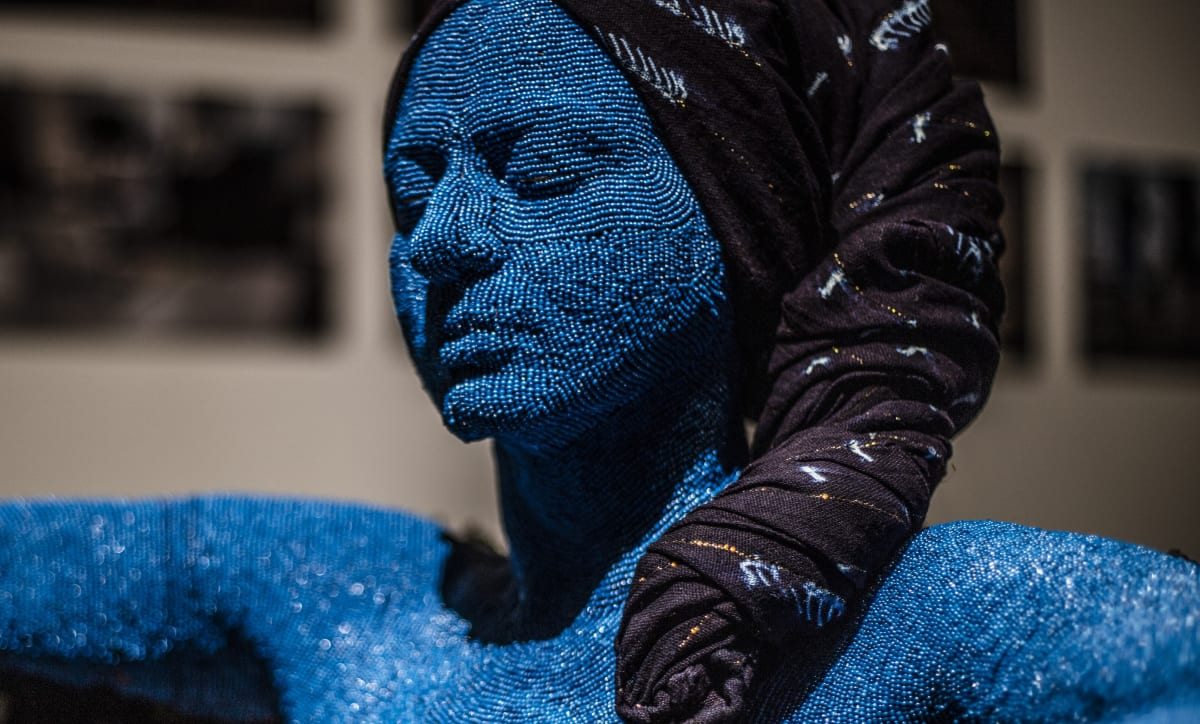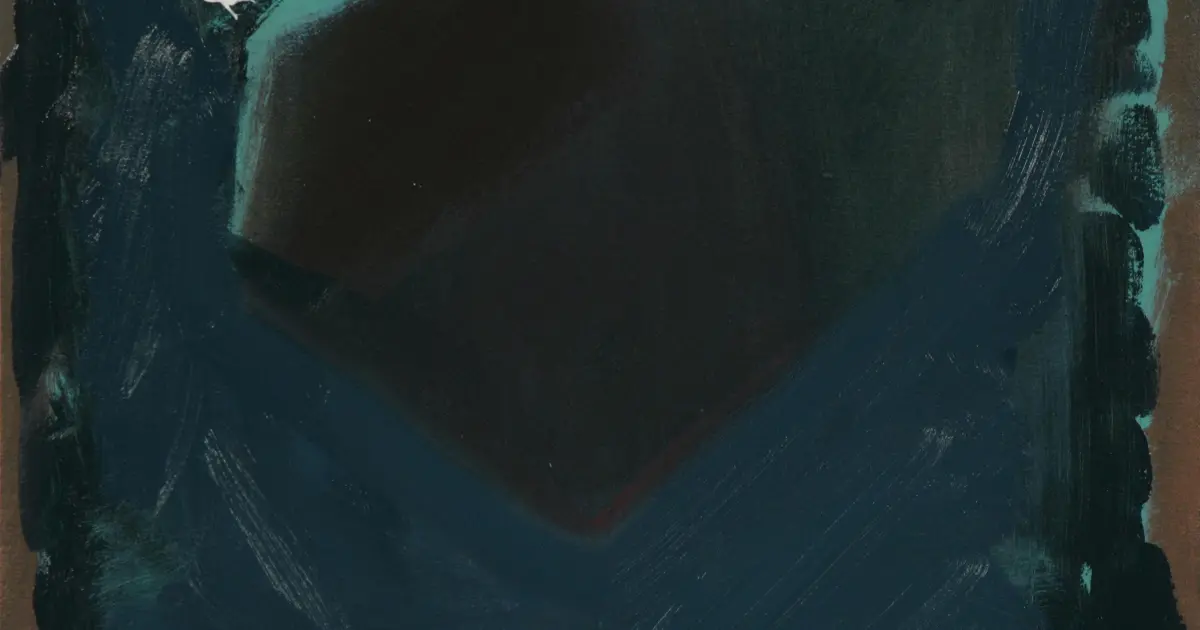Beya Gille Gacha is a compelling figure among lesser-known contemporary artists whose work blends heritage, craft, and identity with striking visual presence. Born in Paris in 1990 to a Cameroonian mother and a French father, Gacha studied at the École du Louvre before founding the NÉFE collective. Her sculptures are her trademark — figurative forms wrapped in thousands of glass beads, each bead tracing historical trade routes and cultural dialogues far beyond the piece itself. In many ways her art is both ancestral homage and contemporary commentary.
What makes Gacha’s work particularly powerful is how she draws from the bead-traditions of Cameroon’s Bamileke grasslands and combines them with modern sculptural techniques. The beaded surface isn’t just decorative: it evokes textures of skin, clothing, ornamentation, and even armor, turning her figures into lived presences that hold both memory and modernity. Her works often highlight underrepresented human experience, emphasizing individual value and connection amid global diasporas. Gacha has exhibited in multiple international venues — including the Smithsonian National Museum of African Art and the World Bank collection — which attests to her growing authority in the global art conversation.
From an E-E-A-T (Experience, Expertise, Authoritativeness, Trustworthiness) perspective, Beya Gille Gacha’s practice checks all the boxes. Her experience is evident in the skilled craftsmanship and deep cultural roots; expertise shows in how she manages beadwork at scale, sculptural form, and the balance between visual weight and narrative. Her authoritativeness is built through credible exhibitions, museum acquisitions, and critical recognition; trustworthiness emerges from her transparent ties to her cultural lineage — acknowledging where the materials and motifs come from, and why they matter. Gacha’s art invites viewers to look close: to see both bead and story, surface and symbolism, personal history and shared heritage.





